Nasal Spray Safety Checker
This tool helps you determine if your nasal spray usage is within safe limits to prevent rebound congestion (rhinitis medicamentosa). Based on your answers, you'll receive immediate feedback and recommendations.
When a nasal spray is used longer than recommended, you may develop Rhinitis Medicamentosa, a rebound nasal congestion caused by over‑use of topical decongestants such as oxymetazoline or phenylephrine. This condition can feel like a never‑ending stuffy nose and often pushes people back to the very spray they’re trying to quit.
What Is Rhinitis Medicamentosa?
The term rhinitis medicamentosa describes inflammation of the nasal lining that results from chronic exposure to vasoconstrictive nasal decongestants. It first appeared in medical literature in the 1950s, soon after over‑the‑counter sprays entered the market. Major health organizations-including the National Center for Biotechnology Information (NCBI) and the Mayo Clinic-agree that using a decongestant spray for more than three to four days sets the stage for rebound swelling.
Who Is At Risk?
Anyone who relies on an OTC spray for quick relief can develop the condition, but certain groups are more vulnerable:
- Patients with chronic sinusitis who reach for a spray during flare‑ups.
- Individuals with seasonal allergies who use sprays repeatedly during pollen seasons.
- People who are unaware of the recommended usage limit (typically 1-4 sprays per day for no more than 7 days).
Studies estimate that about 10 % of all decongestant users eventually experience rhinitis medicamentosa, translating to roughly half a million new cases in the United States each year.
How It Develops: The Rebound Mechanism
Topical decongestants contain agents such as Oxymetazoline, Phenylephrine, or Xylometazoline. These chemicals trigger rapid vasoconstriction in the nasal mucosa, opening the airway for a few hours. When the drug wears off, the blood vessels over‑react, causing vasodilation and swelling-hence the term “rebound.” The cycle repeats each time the spray is applied, leading to a dependence on the medication to feel any relief.
Spotting the Signs
Patients typically report:
- Persistent congestion that worsens after 3-5 days of use.
- Little or no clear nasal discharge (rhinorrhea) despite the blockage.
- Dry mouth, oral breathing, and occasional snoring.
- Visible swelling and a pale, edematous nasal mucosa on examination.
Unlike allergic rhinitis, there is usually no itching, sneezing, or watery eyes.
Management Strategies
The cornerstone of treatment is stopping the offending spray. Experts differ on the exact method, but a consensus has emerged around two main approaches:
- Gradual tapering: Reduce the number of sprays each day over a week.
- One‑nostril‑at‑a‑time cessation: Stop the spray in one nostril first, allowing it to clear, then address the other side.
Both techniques aim to limit the sudden surge of congestion that can accompany abrupt withdrawal.
Step‑by‑Step Withdrawal Plan
Here’s a practical 14‑day protocol that blends tapering with supportive therapy:
- Days 1‑3: Use saline irrigation every 2 hours. If necessary, apply a single spray in the less‑affected nostril no more than twice a day.
- Days 4‑7: Introduce an intranasal corticosteroid (e.g., Fluticasone propionate or Mometasone furoate) twice daily. Continue saline irrigation.
- Days 8‑10: Reduce corticosteroid to once daily. Maintain saline rinses twice daily.
- Days 11‑14: Discontinue corticosteroid if symptoms have markedly improved. Keep saline as needed.
Patients should expect a brief worsening phase (often called “the rebound week”), but most report significant relief by day 14.
Medication Options During Withdrawal
| Option | Mechanism | Typical Efficacy | Duration | Key Side Effects |
|---|---|---|---|---|
| Intranasal corticosteroids (Fluticasone, Mometasone) | Anti‑inflammatory; reduces mucosal edema | 68-75 % symptom reduction | 2-4 weeks | Nasal dryness, occasional epistaxis |
| Short‑course oral steroids (Prednisone 0.5 mg/kg ×5 days) | Systemic anti‑inflammatory | ≈ 82 % rapid relief | 5 days | GI upset, mood changes, hyperglycemia |
| Saline nasal irrigation | Mechanical clearing of mucus & irritants | ≈ 60 % symptomatic improvement | Continuous use | Rarely none |
| Capsaicin nasal spray | Desensitizes nasal sensory nerves | 55 % (European trials) | 2‑3 weeks | Burning sensation, temporary rhinorrhea |
| Antihistamine spray (Azelastine) | Blocks histamine receptors | ≈ 65 % (early 2023 trials) | 2‑4 weeks | Bitter taste, mild drowsiness |
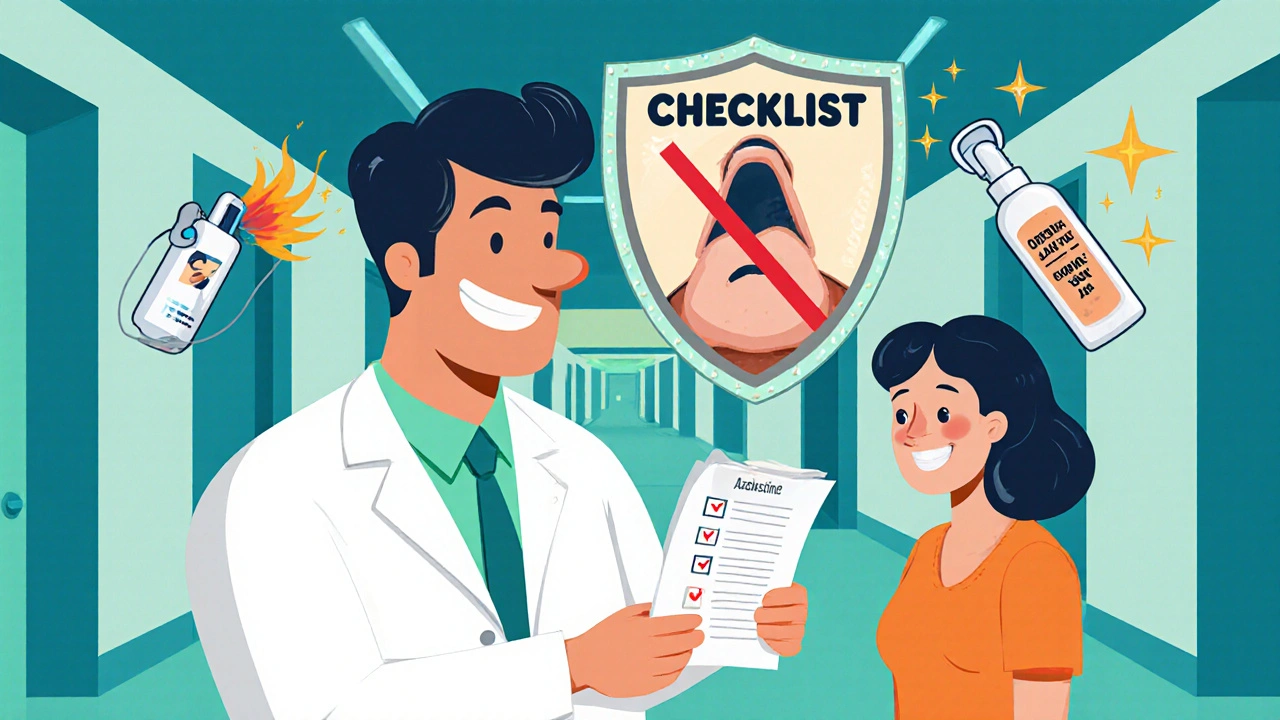
Prevention: Using Decongestants Safely
Because prevention beats treatment, follow these simple rules:
- Never exceed 3 days of continuous spray use.
- Limit application to 1-4 sprays per day, depending on the product label.
- Start with saline irrigation for mild congestion before reaching for a medicated spray.
- Read the packaging warning: the FDA now mandates a bold “DO NOT USE MORE THAN 3 DAYS” statement.
- Ask your pharmacist or physician about alternative therapies if you have hypertension, as oral decongestants like pseudoephedrine can raise blood pressure.
Emerging Treatments and Research
Researchers are exploring newer options to break the rebound cycle:
- Nasal antihistamine sprays (azelastine) have shown 65 % efficacy in early 2023 trials at Johns Hopkins.
- Low‑dose capsaicin protocols are in phase‑2 testing at Massachusetts Eye and Ear, reporting up to 70 % success in reducing dependence.
- Combination therapy-saline plus a short course of intranasal steroids-appears to cut withdrawal duration by half, according to a 2024 multicenter study.
While promising, these therapies are not yet first‑line recommendations; clinicians still favor the proven corticosteroid‑saline regimen.
Patient Education Checklist
Give patients a one‑page handout that covers:
- What rhinitis medicamentosa is and why it happens.
- How to recognize early signs.
- A clear 14‑day withdrawal schedule.
- When to use saline, intranasal steroids, or oral steroids.
- Red flags that require a doctor’s visit (e.g., persistent bleeding, severe pain, or signs of infection).
- Contact info for follow‑up.
Studies show that patients who receive structured counseling relapse only 7 % of the time, compared with 22 % without guidance.
Bottom Line
Medication‑induced nasal congestion is avoidable and treatable. Stop the offending spray, support the nose with saline and a steroid spray, and follow a stepwise withdrawal plan. With proper education, most people are symptom‑free within two weeks and rarely experience long‑term complications.
How long does rhinitis medicamentosa usually last?
If the offending spray is stopped and a proper withdrawal protocol is followed, most patients notice substantial improvement by day 10 and near‑complete resolution by day 14. Chronic cases that exceed 6 months of overuse may take up to 6 weeks of therapy.
Can I use a different decongestant while withdrawing?
Switching to another topical decongestant usually perpetuates the rebound cycle. Instead, rely on saline rinses and, if needed, a short course of oral steroids under physician supervision.
Are intranasal steroids safe for long‑term use?
When used at recommended doses, intranasal steroids are safe for months to years. Common side effects are mild nasal dryness or occasional nosebleeds, which can be mitigated with saline irrigation.
What’s the best way to prevent rhinitis medicamentosa?
Limit any OTC nasal spray to a maximum of three consecutive days, start with saline for mild congestion, and read the label warnings. If you need longer relief, discuss alternative therapies with a healthcare professional.
When should I see a doctor for nasal congestion?
Seek medical attention if congestion lasts more than two weeks despite stopping the spray, if you experience frequent nosebleeds, facial pain, fever, or if you have underlying conditions like asthma or hypertension that may be worsened by decongestants.
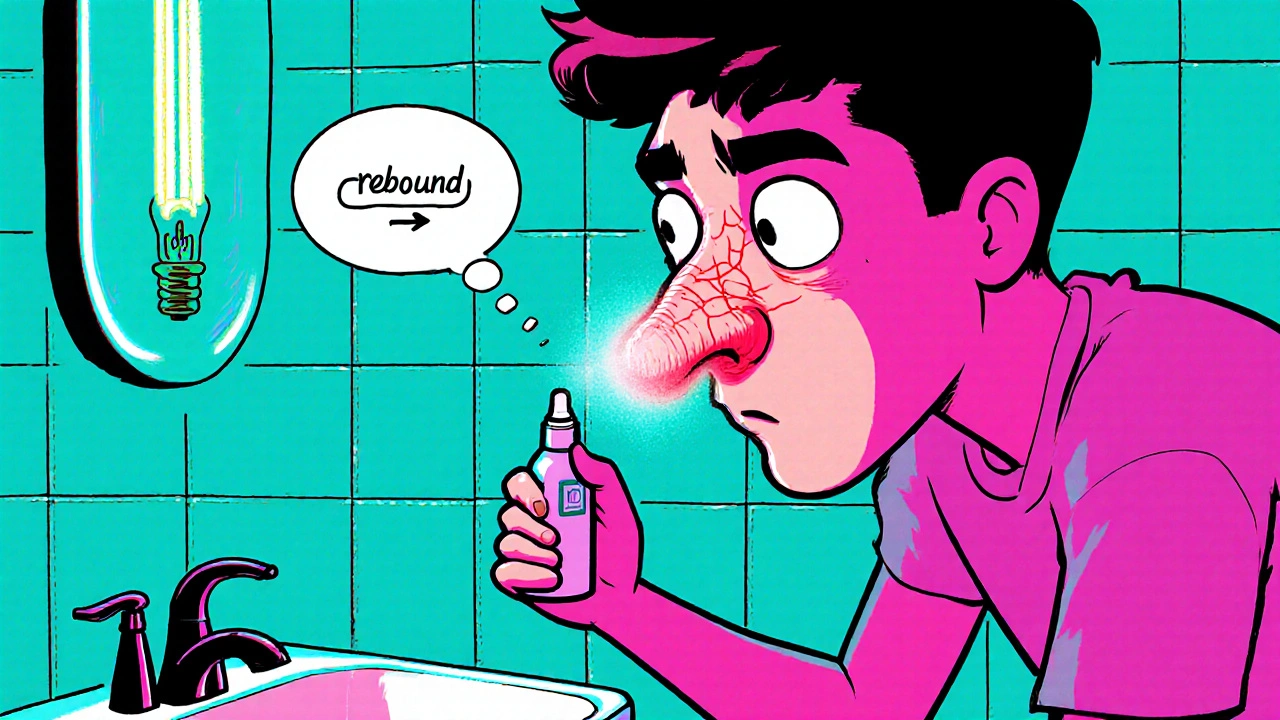
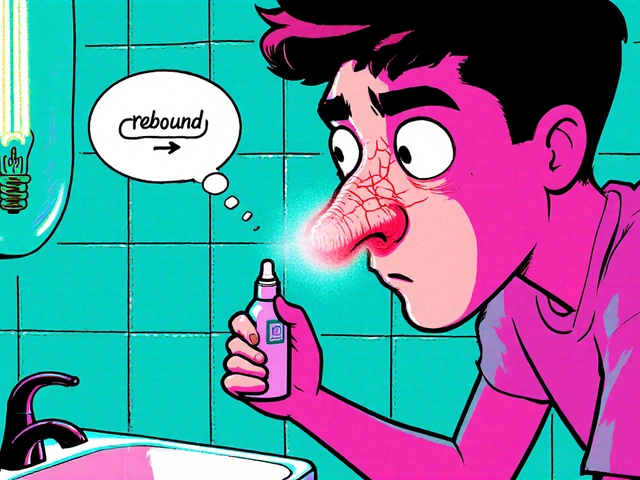
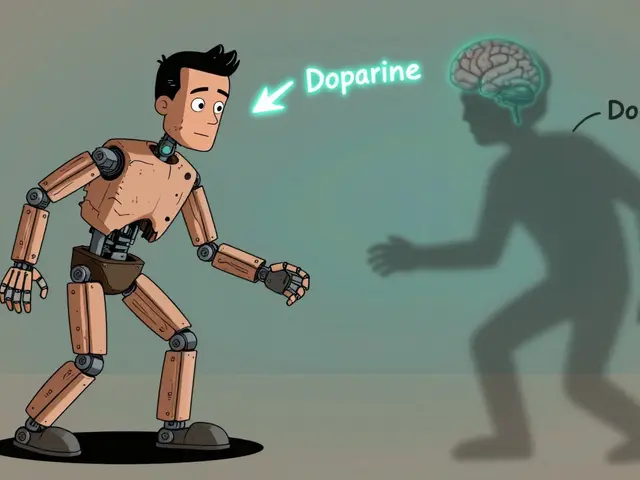
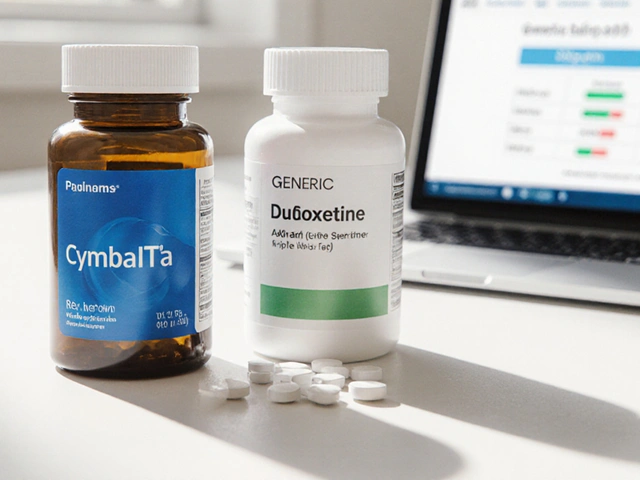
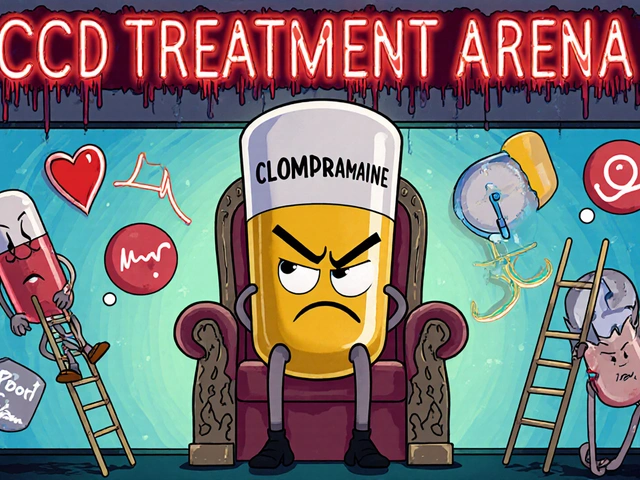

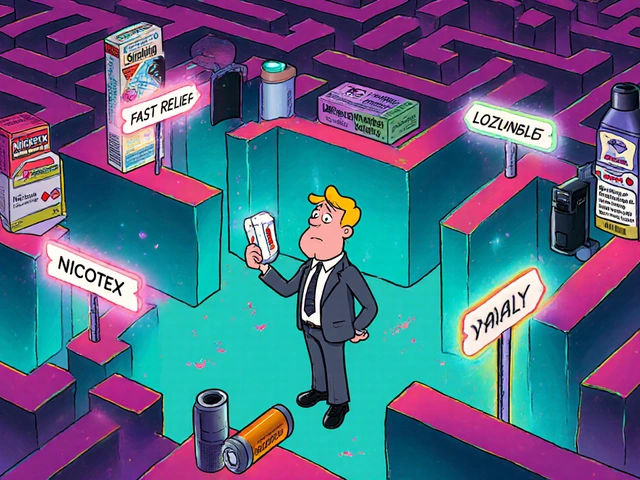
Buddy Bryan
October 25, 2025 AT 12:33Listen up, folks, if you’ve been slamming a decongestant spray for more than a few days you’re basically signing a contract with rebound congestion.
The vasoconstrictors in oxymetazoline hijack the nasal blood vessels and force them to over‑react as soon as the drug wears off.
That over‑reaction is what gives you the endless stuffy feeling you’re trying to escape.
The good news is you can break the cycle without a prescription.
Start with saline rinses every couple of hours for the first three days – they’ll flush out residual spray and moisturize the mucosa.
On day 4 add an over‑the‑counter intranasal steroid like fluticasone, two sprays a day, and keep the saline going.
Reduce the steroid to once daily after a week while you keep the rinses twice daily.
By day 10 most people notice a sharp drop in pressure and by day 14 the nasal lining looks back to normal.
If you feel a brief rebound spike, don’t panic; just keep the saline and avoid reaching for another decongestant.
A short oral steroid burst can be a rescue move, but only under a doctor’s watch – you don’t want systemic side effects.
Avoid switching to a different topical spray; that just resets the rebound timer.
Keep an eye on bleedings; mild dryness is normal and can be soothed with a little petroleum‑jelly on the septum.
Hydration and humidified air help the mucosa heal faster.
Most importantly, set a hard limit: no spray longer than three consecutive days ever again.
Write it down, set a reminder on your phone, and stick to it.
You’ll thank yourself when the stuffy cycle finally breaks.
Aaron Kuan
October 25, 2025 AT 12:34Nasal spray addiction feels like a draining vortex.
Colorful misery, short lived relief.
Cut it now.
Nathan Comstock
October 25, 2025 AT 12:35Patriots of health, hear me: the American way means we don’t let a cheap spray dictate our breathing.
I’ve read every study, I know the stats, and I can tell you the rebound is a trap set by big pharma.
They want you chained to their product while you waste dollars on useless over‑the‑counter fixes.
The real solution is simple, plain, and proudly American – saline, steroids, and discipline.
Follow the protocol, and you’ll reclaim your nose without bowing to corporate greed.
Let’s show the world how we crush rhinitis medicamentosa!
Benjamin Sequeira benavente
October 25, 2025 AT 12:36Great game plan, Buddy! I’ve seen countless patients bounce back when they stick to this roadmap.
Keep the momentum, stay aggressive on the saline, and you’ll dominate that congestion.
Remember, consistency beats panic every time.
You’ve got this!
Jonah O
October 25, 2025 AT 12:38Yo, they dont want you to know the real cause of that endless nasal clog.
The pharmas have been stuffing the sprays with micro‑nano vax that triggers a hidden immune lock.
every time you spray you feed the algo that tracks your health data for the New World Order.
its all a stealthy experiment, disguised as relief.
Wake up!
Amber Lintner
October 25, 2025 AT 12:40Ah, the classic conspiracy haze-how original! While you spin wild yarns, the real answer lies in simple science, not secret labs.
Saline and steroids work, period.
No need for shadowy plots when your nose just needs moisture.
Lennox Anoff
October 25, 2025 AT 12:41One must contemplate the ethical ramifications of self‑medication in a society obsessed with instant fixes.
The indulgence in decongestant sprays reflects a deeper malaise: the surrender of personal responsibility to pharmaceutical commodification.
It is incumbent upon the discerning individual to pursue preventive hygiene rather than succumb to chemical dependency.
Only then can we elevate public health beyond the baseness of temporary relief.
Olivia Harrison
October 25, 2025 AT 12:43Thanks for the thoughtful perspective, Lennox. I totally agree that prevention is key, and I always tell my patients to start with saline before reaching for a spray.
It’s amazing how a simple habit can keep us out of the rebound trap.
Let’s keep sharing these practical tips!
Bianca Larasati
October 25, 2025 AT 12:45Rise above the spray, seize the breath!